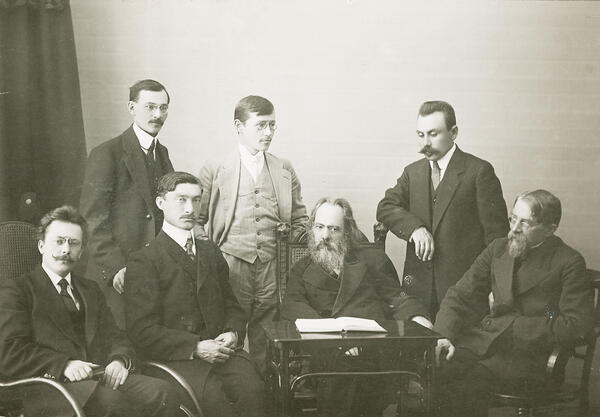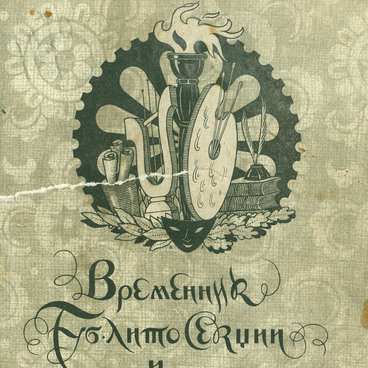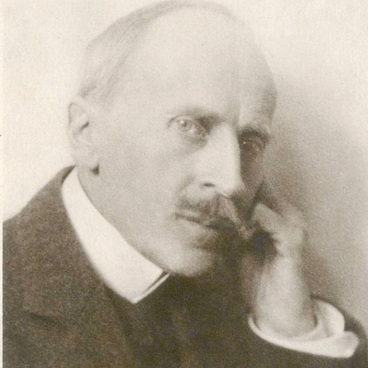In the early 20th century, the economic boom associated with the construction of the Trans-Siberian Railway changed the cultural life of the Omsk Region significantly. Periodical press was in its prime at the time. Siberian authors released their works not only in local periodicals but also in the major Moscow and Saint Petersburg magazines of that period: RUsskoye BogAtstvo (Russian Wealth), SovremEnnik (Contemporary), VEstnik Yevropy (European Chronicler), ZhurnAl Dlya Vsekh (Everyone’s Magazine), and others. Maxim Gorky paid much attention to Siberian writers. He would often offer them to participate in his magazine Letopis (Chronicle).
By then, Omsk became one of the major literary spots in Siberia. It had the biggest writers group among Siberian cities. No wonder critics dubbed Omsk “Siberian Odessa” at the time. The same name was given to an article where the author wrote, “While Odessa contributed to the Russian literary heritage with the names like Eduard Bagritsky, Yuri Olesha, Valentin Katayev, and Ilya Ilf, Omsk revealed the talents of Pyotr Dravert, Anton Sorokin, Leonid Martynov, Feoktist Berezovsky, Georgy Vyatkin and Pavel Vasilyev”.
In late 1909, FeoktIst BerezOvsky launched a literary club in his house. The club survived until 1916. The author himself would often remember the club’s gatherings, ‘We had meetings almost every day. We read new pieces and our own ones and discussed them <…> At times, it was like family leisure intended as a break from the burden of work or service. And even in such cases, we could not help getting involved in literary activities, like writing a novel or a short story collectively’. Berezovsky worked at a factory and printing office and also conducted a church choir. In 1922, he took part in the establishment of the SibIrskiye OgnI (Siberian Lights) magazine. After moving to Moscow in 1924, he focused only on literary activities.
In 1915, during World War One, the first collective patchwork of Omsk writers ‘To War Victims’ was released. All funds raised were donated to sick and wounded soldiers. The book’s preface said, “The editors hope that the society will not refuse to support the efforts of Siberian writers, who have placed their works which are the best sacrifice of the mind and heart in the book intended for the benefit of sick and wounded soldiers”.



